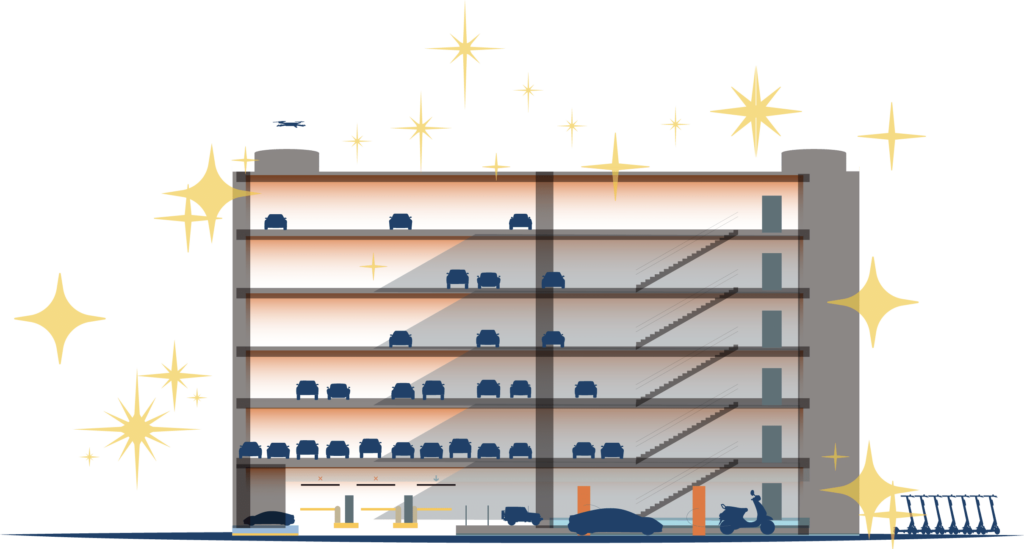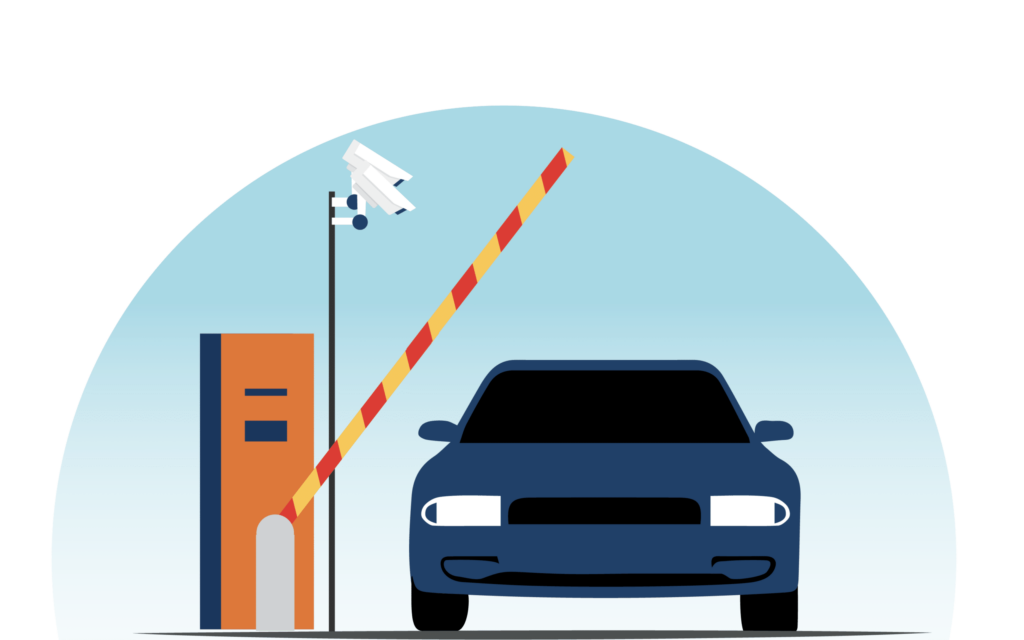How Hardware-as-a-Service puts tomorrow’s technology within reach.
If you think about the way parking technology has traditionally been purchased, this massive investment decision is based solely on the information and technology available at the time. You could speculate about the equipment’s lifespan, the costs of keeping it up, and what an eventual replacement would look like. But without peering into the future, your best choice was what was considered “high-tech” at the time and the hope that it would last you seven or ten years.
A few decades ago, that replacement cycle was sufficient. A new system meant a sleeker appearance and perhaps a few new features, but the core function of parking equipment remained largely the same: spit a ticket and calculate a rate.
The industry we’re operating in today is much different. Equipment well within its 7-10 year “lifetime” is ostensibly outdated, even to the consumer pressing that sticky button to pull a ticket. With a slew of responsibilities spanning from mobile payments to supporting EV charging, parking equipment today is constantly being placed under new demands.
When Tech Tips into New Territory

This year was a tipping point for our industry. When it became critical for everyday touchpoints to become touchless, parking had to adapt alongside industries like food delivery and logistics.
Though we’ve talked about reacting to the market, often in the context of rates, this was the first time parking providers actually had to get to the drawing board and bring a product to market in a matter of weeks.
Our real-time response to this crisis was a proof of concept. Not only do we have the resources to adapt to a changing world, we’ve done it. And we’ll continue to.
The Gilded Age of Parking

With so much competition, our industry is ripe with innovation. Combined with the evolving nature of consumer demand, we’re set to take on a dynamic age of growth that will make technology readily available. But will it be accessible?
Investing in emerging technology is expensive. This is where Hardware-as-a-Service (HaaS) comes in. It’s a purchasing model designed precisely for this kind of rapid-growth industry, where the high cost of keeping up can curtail success.
HaaS makes the latest and greatest in technology available and accessible for growing entities. The model is designed to recalibrate with new technology standards, so you’re never left with an outdated investment. When new technologies become standard – the most recent example of this being touchless sensors – your system is updated for you.
This dynamic approach allows you to invest across a line of innovation rather than at a point of purchase.
Next Up: AI

The next wave of innovation to upend the industry is in Artificial Intelligence (AI). Already a core function across software services, AI is being applied to our suite of parking technology to bring the access experience into the future.
As we resume daily life in the shadow of a pandemic, we’re looking at intelligence taking on a larger role in our everyday lives. Here at Flash, the most recent touchless innovation is our License Plate Recognition (LPR) solution.
FlashVision LPR will be available on our HaaS model so that it is widely accessible. With high-tech releases like this, we are trying to raise the bar and set the new standard for what to expect in the gilded age of parking innovation.
And this is just the beginning. With our new HaaS pricing model and the FlashVision platform, we’re building a path to the future. When you sign on with us, we’re there every step of the way, not just as a provider – but as a partner.
To learn more about how to access FlashVision via HaaS

